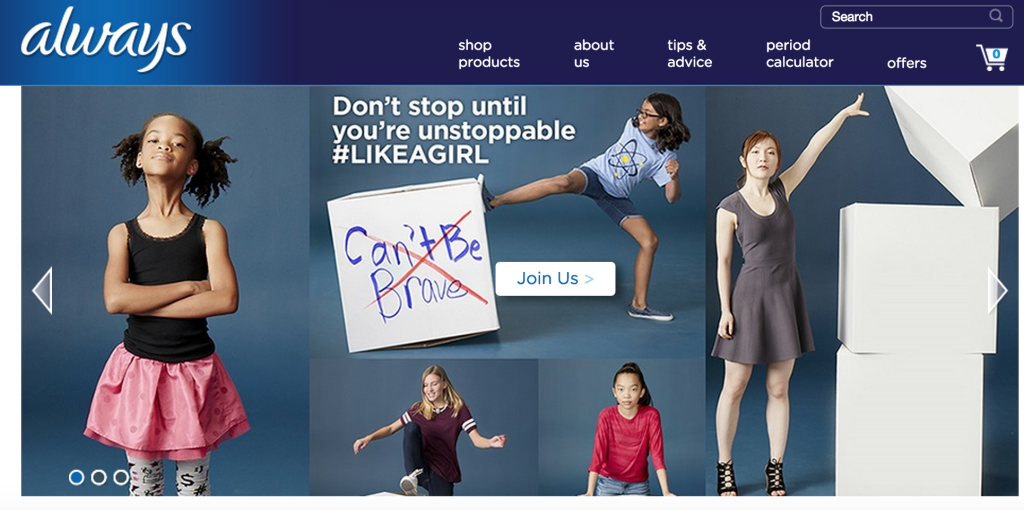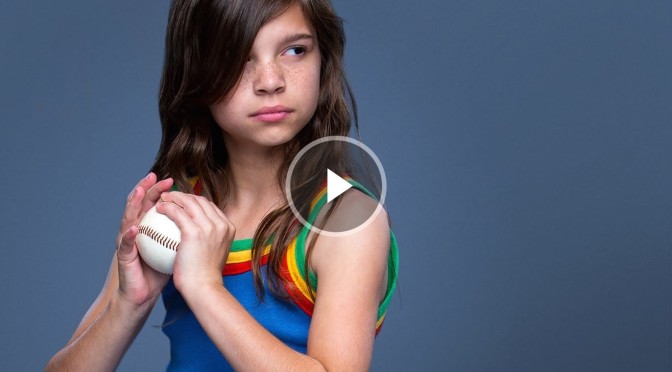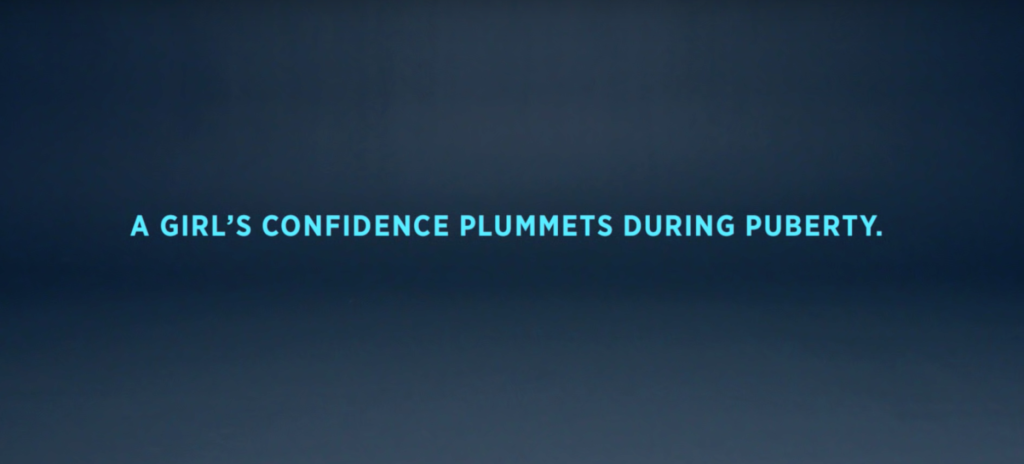Here’s the dream scenario: You, a savvy video content communicator, create a beautiful, compelling, high-emotion short film that so captures the imagination of your audience that it goes viral overnight, racking up tens of millions of views in a matter of days and drawing attention to your organization and your products and services in the process. Your CEO is thrilled. Everyone is happy.
The reality, of course, is that hitting the viral jackpot is incredibly tough to do, and most films and video content marketing campaigns generate viewership in the low hundreds or thousands. The result is that everyone is left to scratch their heads, wondering what went wrong and why it’s so random that some organizations get to go viral and others don’t.
This is also far from the truth. Sure, there are some elements of good fortune in gaining large viewership, but there’s also science and expertise that we all can learn, if we take the time to study. That’s why it’s so important to look at examples of best practice, such as the “#LikeAGirl” campaign from Always.
Basics of #LikeAGirl
If you haven’t seen them, you should take a moment to sit back and watch, as these videos are inspiring, sad, funny, and insightful all at once. Here are two films in the “Like A Girl” series to get you started: Always #LikeAGirl (~60 million views) and Always #LikeAGirl — Unstoppable (~37 million views).
As you can see, the Like A Girl campaign is examining where the stigma associated with doing something like a girl comes from and how it damages girls’ self confidence around the time of puberty. The beautiful thing to see is how untainted and proud the youngest of the girls are about what it means to “run like a girl” or “hit like a girl” or do anything “like a girl” — as they should be.
The Always campaign really picked up traction when it ran a 60-second Super Bowl ad in February titled “Run Like a Girl.” It created a sensation and an immense amount of media discussion and social sharing and conversation.
Always has followed up with another two films in the series and has continued to gain steam and cross-cultural references. A few weeks ago, Lieutenant Colonel Katie Germano sent a letter to The New York Times titled “When did it become an insult to train like a girl?” The letter, which references the Like a Girl campaign in the context of army discrimination against women, had been slated to run in the Marine Corps Gazette but was declined at the last second.
Best practices of #LikeAGirl
Always couldn’t have predicted that a Lieutenant Colonel in the U.S. Marines was going to take up their cause, of course, just as it couldn’t have guessed that it had such a viral sensation on its hands.
On the other hand, it did pretty much everything right in terms of setting itself up for success.
One, it took a potent social issue, one that matters and has an impact on tens of millions of girls, and managed to align its brand with it.
Two, it executed this alignment in a beautifully subtle way. In the films, there’s no product promotion, not even a hint of it. The closest thing we get is:
Always makes maxi pads, so thematically there’s a connection, but it doesn’t hammer you over the head with it, and the film is way more about the larger social issue and the girls on the screen than it is about the company or its product.
Three, the company uses real people, not actors, and films them in a simple Vox Populi (voice of the people) way.
Four, the film provides a nice “Aha” moment at the end, where it reveals the Always brand alongside the slogan “Rewrite the rules.”
Five, it invites the audience to participate in the movement when it says “Let’s make #LikeAGirl mean amazing things” and it creates the # viral term for social media at the same time. Also, it titles its film #LikeAGirl on YouTube, another smart move.
Six, it leads the audience from the invitation to join the movement to its website: “Join us to champion girls’ confidence at Always.com.” When you go to the website, a picture of girls knocking over boxes and the #LikeAGirl campaign is the first thing you see.
 The company also created a dedicated landing page for the film series that includes calls to action and education campaigns. They’ve even got a #LikeAGirl Confidence Summit on there.
The company also created a dedicated landing page for the film series that includes calls to action and education campaigns. They’ve even got a #LikeAGirl Confidence Summit on there.
Seven, consistency, consistency, consistency. If you want to make a video big, you have to keep at it. That’s why a series is such a good idea. Here’s a breakdown of the calendar for how Always has posted its films over the past year.
- June 26, 2014 – The first film
- July 9, 2014 – Interview with the director
- 2015, February 1 — Super Bowl ad
- March 3 2015 – Social media compilation
- July 7, 2015 – The most recent film
- July 21, 2015 – Behind the scenes film
Eight, no one wants to watch the same film over and over again. Always has done a good job mixing it up, first with an interview with the director of the series, award-winning Lauren Greenfield. Then it created a film based upon videos that girls posted with the #likeagirl slogan. Smart for including your audience in the movement.
Nine, editorializing your calendar is essential. Don’t just post at any time, do it at meaningful times. The Super Bowl ad is a great example here. The Super Bowl is generally perceived as the manliest of sporting events, a clash of testosterone that is the very opposite of doing something “like a girl.” What better way to make a splash than to jump right into the heart of that silliness and speak your truth?


